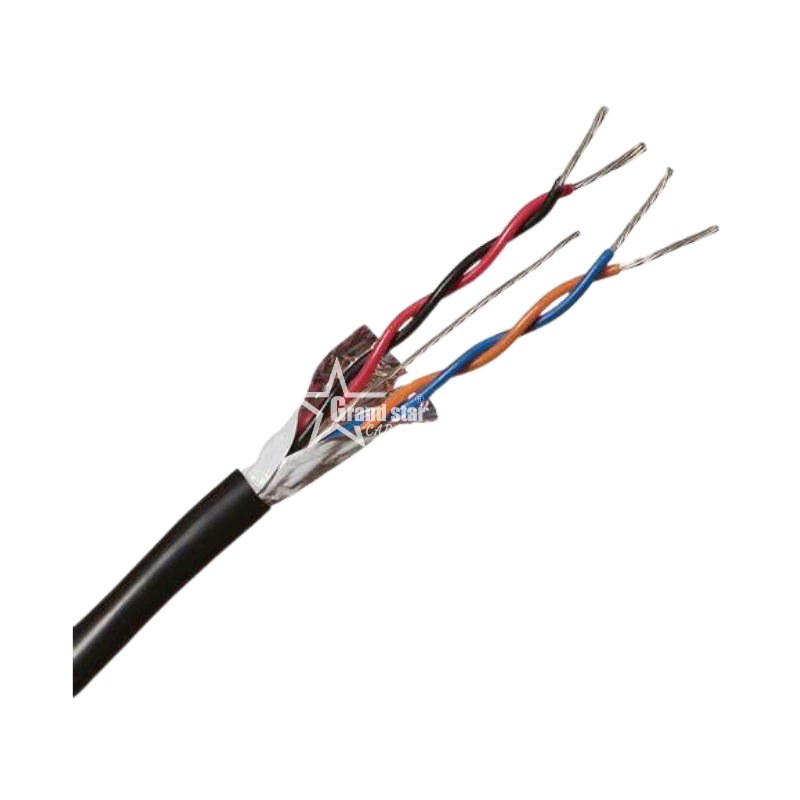Types and Specifications:
- Ethernet Cables (Cat5e, Cat6, Cat7): Used for data networking, these twisted-pair cables come with different categories (Cat5e, Cat6, Cat7), offering varying levels of performance and bandwidth to support different data transfer speeds.
- Fiber Optic Cables: Utilizing optical fibers for signal transmission, these cables provide high bandwidth, low signal loss, and immunity to electromagnetic interference (EMI). Common types include single-mode and multi-mode fibers.
- Coaxial Cables: Employed for audio, video, and data transmission, coaxial cables feature a central conductor surrounded by insulating layers and shielding, ensuring efficient signal transfer while minimizing interference.
- Telephone Cables: Designed for voice communication, telephone cables often consist of twisted pairs of copper conductors. They connect telephones and other communication devices to the telephone network.
- USB Cables: Used for connecting various devices such as computers, printers, and external storage, USB cables come in different versions (USB 2.0, USB 3.0, USB-C) to accommodate different data transfer speeds.
Applications:
- Data Networking: Ethernet cables are fundamental for establishing wired connections in local area networks (LANs) and wide area networks (WANs).
- Telecommunications: Telephone cables facilitate voice communication, connecting telephones to the telecommunications network.
- Audiovisual Systems: Coaxial cables and other communication cables play a crucial role in transmitting audio and video signals in television broadcasting, home theaters, and professional audiovisual setups.
- Computer Connectivity: USB cables enable the connection of various peripherals and external devices to computers, facilitating data transfer and device synchronization.



Reviews
There are no reviews yet.